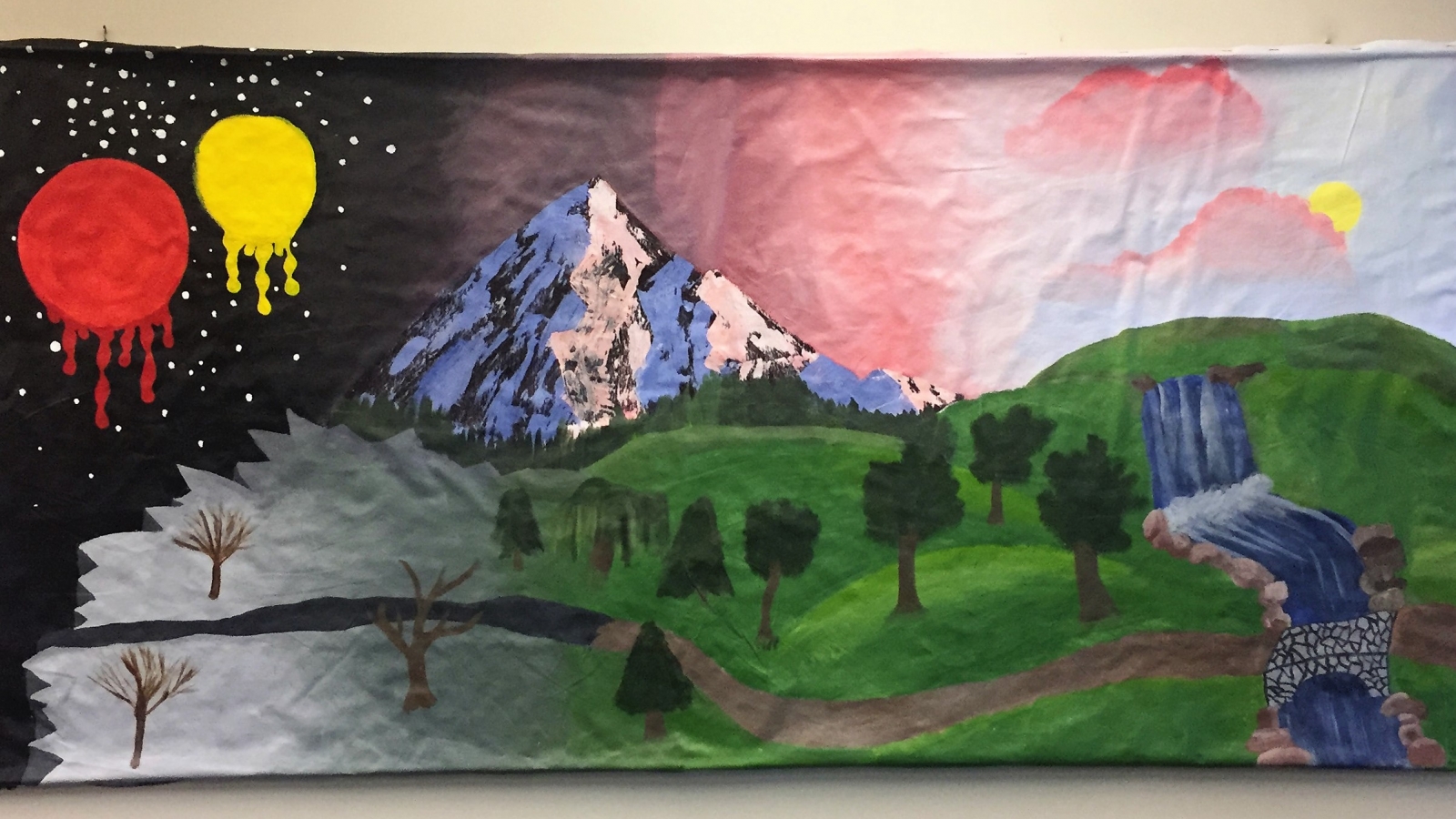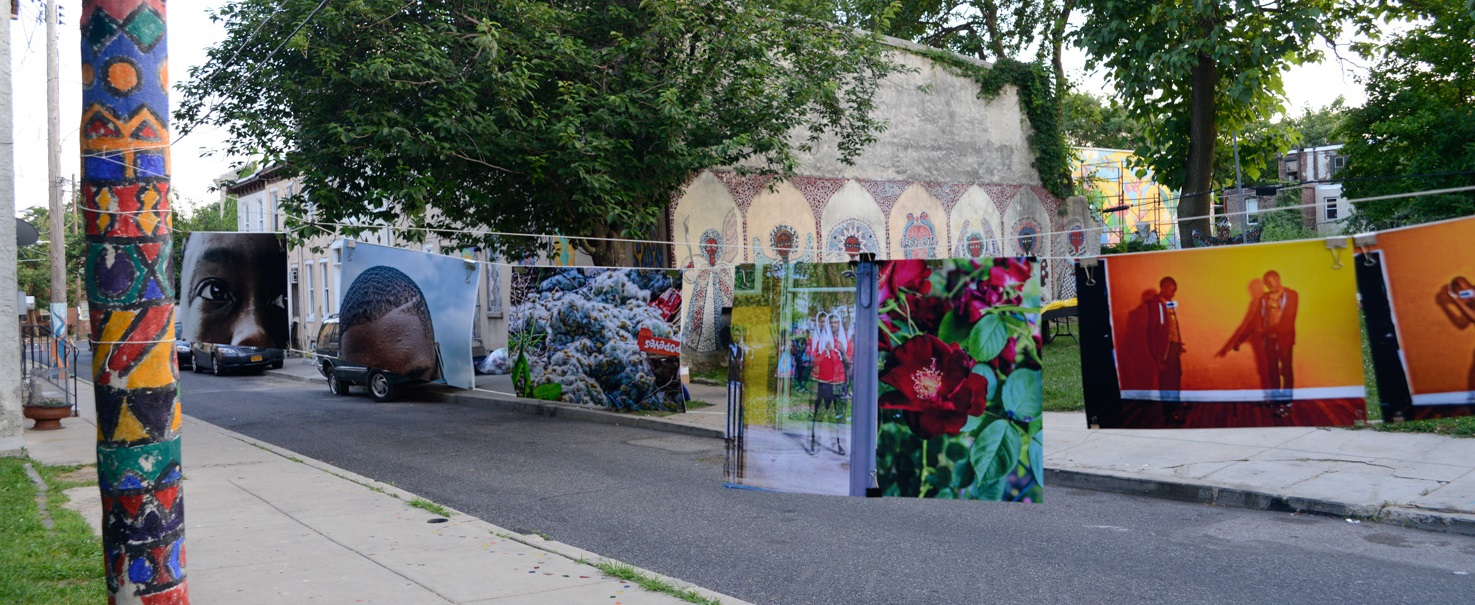NATIONAL ATR NETWORK SURVEY
Hundreds of ACEs, trauma, & resilience networks across the country responded to our survey. See what they shared about network characteristics, goals, and technical assistance needs.
They began with a song and ended with a poem. In-between, there were photographs and giant graphic renderings, movement exercises and a “human pulse” formed when 90 people stood in a circle and squeezed each other’s hands.
At a June summit in Whatcom County, Washington, titled “Our Resilient Community: A Community Conversation on Resilience and Equity,” the arts played a starring role.
Kristi Slette, executive director of the Whatcom Family and Community Network, one of two Washington sites participating in the Mobilizing Action for Resilient Communities (MARC) project, says the arts—music, dance, sculpture, storytelling—can help audiences understand trauma, resilience and hope in a visceral way.
“When the research and the data don’t pull you in, interacting with the arts communicates with people in a way they’re open to,” she says. “It extends our reach.”

That’s why, during the one-day summit, organizers asked attendees to list on a giant poster the “songs that get them through a hard day.” It’s the reason they hired a graphic recorder to capture not only the words but the emotional tone of conversations about trauma, strength, and forgiveness. And it’s the reason participants were invited to listen closely to each other and write down, verbatim, fragments of dialogue that struck home.
At the end, summit facilitators gathered those fragments into a poem.
“The arts are social languages of connection,” Slette says. “And we ended the day with that poem, with all the things we had created together.”
MARC communities across the country, from Alaska to Philadelphia, are inviting artists into the conversation and weaving the arts into their resilience-building work. At the Johnson County Mental Health Center, part of Resilient KC in Kansas City, a group of young adults developed a mural (pictured) about recovery and feeling safe in nature; the finished work will rotate among different Johnson County libraries.

The Alaska Children’s Trust, backbone organization for the Alaska Resilience Initiative, has sponsored plays with themes of trauma, violence and recovery; the productions included audience discussions and “healing sessions” to foster dialogue on those fraught topics.
In another Alaska project, the Hiland Mountain Lullaby Project, professional musicians work with incarcerated women to write and record lullabies for their children—work that has direct impact on the disrupted attachment that occurs when kids have a parent in prison. “We know that parental incarceration is an adverse childhood experience, and we have a higher incidence of it than other states,” says Laura Norton-Cruz, program director of the Alaska Resilience Initiative. “Anything we can do to increase bonding for incarcerated children and parents is powerful.”
And in Philadelphia, home to the Porch Light program that aims to foster community wellness through public art—and that inspired Johnson County’s recovery mural—member organizations of the ACE Task Force use digital storytelling, neighborhood photo booths, mural arts and music to foster connection, advocate for change and create job opportunities for young people and adults.
“Making art is going to lower your cortisol level,” says Michael O’Bryan, an artist, educator and activist with The Village of Arts and Humanities who co-chairs the ACE Task Force’s work group on community education. When people work together—creating a community mural or an original song—they build understanding and trust, O’Bryan says. And that, in turn, can lead to individual and community transformation.
Art-making can “get people involved in places where they feel comfortable enough to make mistakes, to adopt new behaviors and to strengthen their skills,” he says. “The arts have an uncanny opportunity to change our world.”
Artists and MARC leaders say they’ve learned some important lessons from their work together. Trevor Storrs, executive director of the Alaska Children’s Trust, says the strongest collaborations grow from relationships; pay attention to local artists, he advises, and seek out those whose work speaks to themes of adversity and struggle, healing and hope.
O’Bryan notes that artistic collaborations need to be a two-way street—that artists need thorough grounding in the science of ACEs and resilience, as well as the willingness to learn from the communities in which they’re based.

Artists also need to pay their bills, says Norton-Cruz, so sponsorships from MARC networks can help make it possible for them to participate and for their work to reach larger audiences. The Alaska Children’s Trust has provided stipends for non-salaried individuals—including artists, elders and other community members—to attend gatherings of the Alaska Resilience Initiative.
Slette, of Whatcom County, said that incorporating the arts into the work of resilience means “you’ve got to give space for the unexpected.” And while some participants may squirm at the idea of writing a poem or singing a song, that temporary unease can also be part of the healing process.
“You want to have the right balance,” she says. “You don’t necessarily want to make everybody have to pick up an instrument and dance. But we think it’s in those spaces of discomfort where growth happens.”
NEW! Check out the 100% New Mexico Mural Project (videos from Española and San Miguel County)
Watch Visceral: Transforming Trauma though Theatre
Inspired by her work with ACEs, resilience and the Walla Walla Community Resilience Initiative, documentary-film director Amy L. Erickson created Visceral: Transforming Trauma though Theatre. When the grip of past traumas prevent four people from moving forward in their lives, they experience freedom from isolation, rage and illness, and rekindle hope for renewed relationships by performing onstage. This documentary features experts on trauma including Stephen Porges, PhD; Gabor Mate, MD; Bessel van der Kolk, MD, and Michael McBride, MD. Also featured are a number of theatre professionals who speak about the ways that acting, singing, and dancing have helped Etiene, Carissa, Jon and Charlie, as they experience a release from trauma's grip through self- and co-regulation, social engagement and connection with others onstage, and off. For them, performing works like nothing else has before.
Read “The Connection Between Art, Healing, and Public Health: A Review of Current Literature” (American Journal of Public Health, 2010).
This literature review by Heather L. Stuckey and Jeremy Nobel explores “the relationship between engagement with the creative arts and health outcomes, specifically the health effects of music engagement, visual arts therapy, movement-based creative expression, and expressive writing.”
Learn more about Airings…Voices of our Youth, an exploration of the pressures young people face in the formative years of middle and high school.
Airings was created in partnership with staff from the Bellingham and Mount Baker School Districts (WA), the Whatcom Family and Community Network, faculty at Western Washington University’s Psychology Department and, most importantly, more than twenty teenagers from the surrounding community who have shared their stories. The power of Airings lies in the true stories of these young people expressing THEIR thoughts and THEIR feelings in THEIR words. Airings enjoyed seven performances at the Firehouse Performing Arts Center November 3-12, 2016. School-based performances are now underway and a companion educators’ guide is available for free on the website.
The MARC Shared Learnings series is currently exploring the unconventional partnerships that lend power to ACE & resilience networks. In this piece, we take a closer look at how communities are engaging artists.
Read about other partnerships in the series, including:
Service Clubs in the ACE and Resilience Movement: Reaching Out with Facts and Stories
Business Leaders in the ACE and Resilience Movement: A Different Kind of Bottom Line
Anndee Hochman is a journalist and author whose work appears regularly in The Philadelphia Inquirer, on the website for public radio station WHYY and in other print and online venues. She teaches poetry and creative non-fiction in schools, senior centers, detention facilities and at writers' conferences.